Delicate, almost intangible, ephemeral even, the feather gods of Polynesia lie immobile, dwarfed by large glass cases in the basement of SOAS’s Brunei Gallery. One feels that even the slightest vibration from bustling Russell Square outside could damage them. Made of fragile feathers, human hair and organic fibres, they have crossed the square from the British Museum to be exhibited for the first time since the 19th century. They form part of ‘Missionaries and Idols in Polynesia’, a remarkable exhibition surveying the first 30 years of the British evangelisation mission in Polynesia and its relationship to Oceanic objects.

Portrait of John Williams and Idols. artist unknown, from original watercolour by Henry Anelay (c. 1838-40). Council for World Mission archives, SOAS Library. Copyright: Council for World Mission
Apart from a handful of mutineers from William Bligh’s Bounty in the late 1780s, the first Europeans to spend any significant amount of time on the islands of Polynesia were missionaries. The London Missionary Society was born out of the increasing denunciation of the supposed free morals and pagan beliefs of Polynesians described in the most exciting pages of early exploration accounts. The society established its first mission on Tahiti in 1796 and rapidly spread throughout the Pacific. Populations were converted and chapels erected on the islands’ most important religious sites. Missionaries were particularly concerned with idolatry and Polynesians were encouraged, if not coerced, to surrender their sacred works. A vast majority of these ‘idols’ were ruthlessly desacralised and burnt in public, but some others were shipped to London to act as proofs of the success of the evangelisation enterprise.
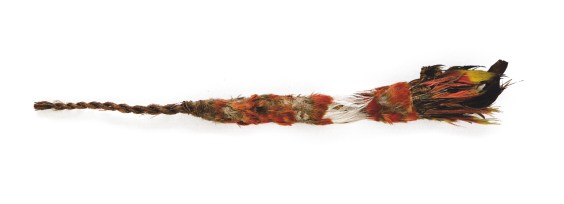
A map covering one of the walls at SOAS stresses the enormity of the task to convert the Pacific Ocean undertaken by a few hundred intrepid (or fanatical) British men and women. The exhibition begins with a fascinating collection of portraits and documents relating to the first missionaries. One of the most impressive images is a scale reproduction of Robert Smirke’s little-known 1798 The Cession of Matavai, commissioned by the missionaries to commemorate the establishment of their first mission on Tahiti. The work exemplifies the contradictions that make this period’s overseas encounters so fascinating. Whilst it represents Tahitians as docile ‘specimens’ awaiting the blessing of a supposed higher civilisation, the work shows a clear interest in ethnographical details, with intricate Tahitian tattoos prominently displayed. After years of neglect hanging in the SOAS library, the original is now at the National Maritime Museum, which is endeavouring to restore it to reveal just what a compelling painting it is. This copy is already a revelation.
The evangelisation process is charted by poignant items such as early bibles, gospels and hymnals translated into Tahitian and showing clear marks of wear. The missionaries were both repulsed and captivated by Polynesian culture. Whilst idol worship disgusted them, Polynesian religious fervour meant that their beliefs could be easily replaced by another, with Reverend William Ellis stating that: ‘it is impossible not to feel interested in a people who were accustomed to consider themselves surrounded by invisible intelligences.’
A few images of the missionaries’ museum in London give a sense of how their ‘trophies of Christianity’ were exhibited. The most striking and immersive of them is a fold-out ‘peep show’, which allows us to follow groups of colourfully-dressed Victorian visitors through the galleries, past portraits of missionaries, cabinets displaying natural and artificial curiosities, a stuffed giraffe, and a monumental Polynesian staff god wrapped in tapa.
The most extraordinary part of the exhibition is dedicated to Polynesian works of art, beautifully shown in the vaulted basement. The purity of the display reinforces the evocative power of the ‘idols’ the missionaries were so eager to suppress. One is startled by the modern simplicity of those feather gods, some composed of the bright red down of tropical birds, some others of monochromatic bundles of anthracite black frigate bird feathers intermingled with undulating locks of human hair; by the essential beauty of a fisherman’s god, fashioned from a coconut palm tied by a piece of sennit (a cordage of pleated dried coconut fibres), without which no canoe would ever venture beyond the reef into the open Pacific; or by the refinement of a Tahitian octopus lure composed of a volcanic stone core with several species of cowries attached, as if to appeal to the octopus’s varied tastes. There is something profoundly moving about the ephemeral nature of these objects, about the fact they appear so delicate to us and yet were imbued with such immense meaning and power. They are simply beyond our reach.
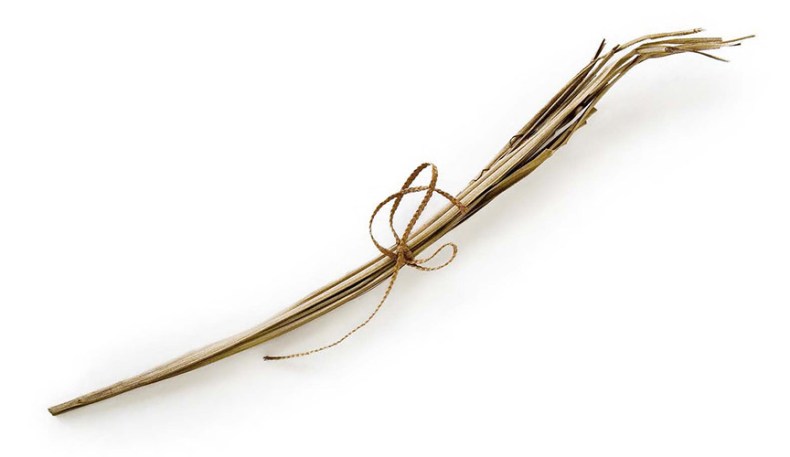
Fisherman’s God, Mangala, sennit-tied coconut leaf. Collected by William Wyatt Gill in the Cook Islands, 1852-83
David Attenborough, who loaned two pieces from his own collection, described the exhibition as ‘profoundly emotionally moving, from every point of view.’ I couldn’t agree more. Missionaries recorded and preserved some of the greatest works of Oceanic art – one set of Reverend John Williams’s instructions to preachers reads: ‘if you obtain Idols burn some (but not the best)’. This exhibition tells the story of extraordinary Europeans who spent their lives attempting to destroy Polynesian beliefs and yet, paradoxically, enabled this exhibition to resurrect them. For a few more weeks, the power of these forgotten Polynesian gods is revived in a corner of Russell Square. Do go see them before they disappear once more into the stores of the British Museum.
‘Missionaries and Idols in Polynesia’ is at the Brunei Gallery, SOAS, University of London, until 26 September.
Unlimited access from just $16 every 3 months
Subscribe to get unlimited and exclusive access to the top art stories, interviews and exhibition reviews.

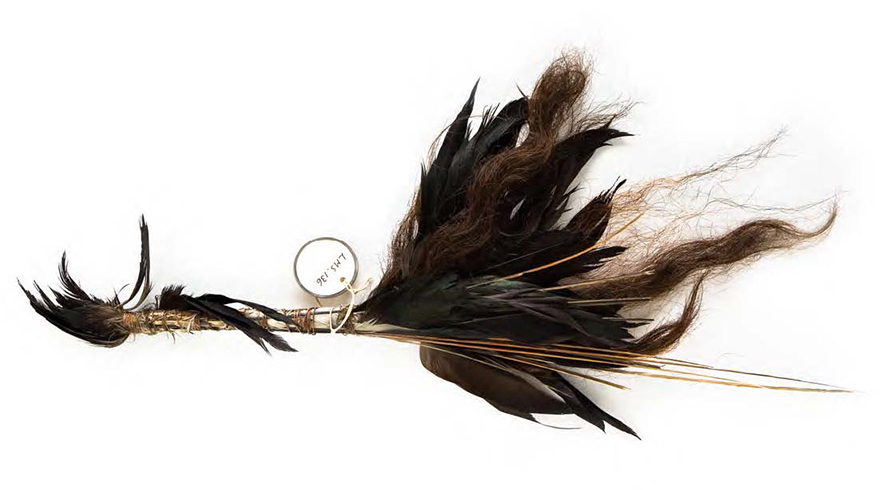
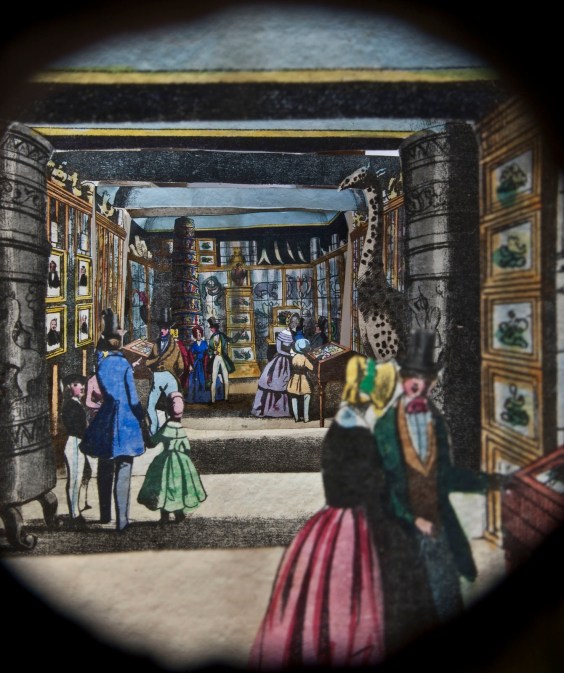
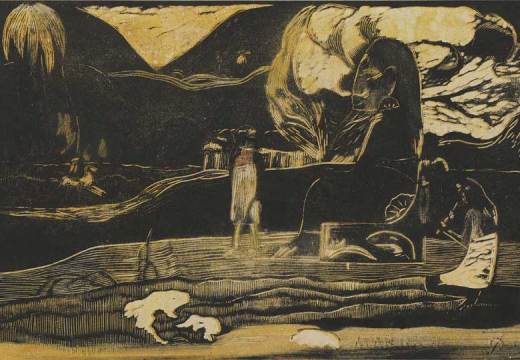
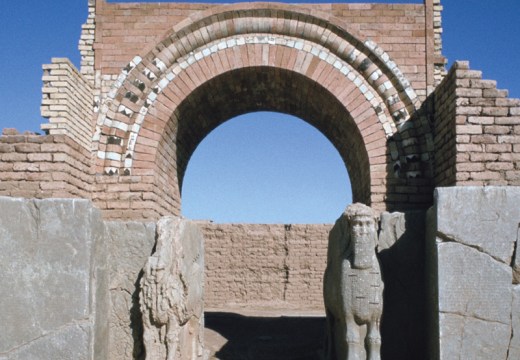
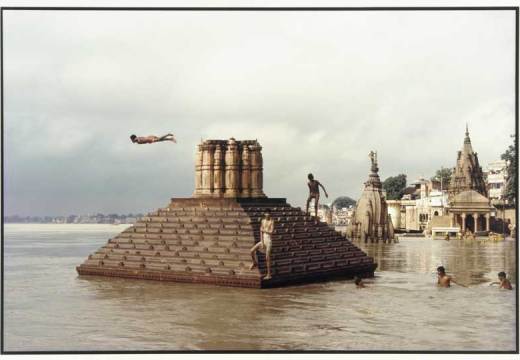









![Masterpiece [Re]discovery 2022. Photo: Ben Fisher Photography, courtesy of Masterpiece London](http://www.apollo-magazine.com/wp-content/uploads/2022/07/MPL2022_4263.jpg)
It’s time for the government of London to return to its rightful home